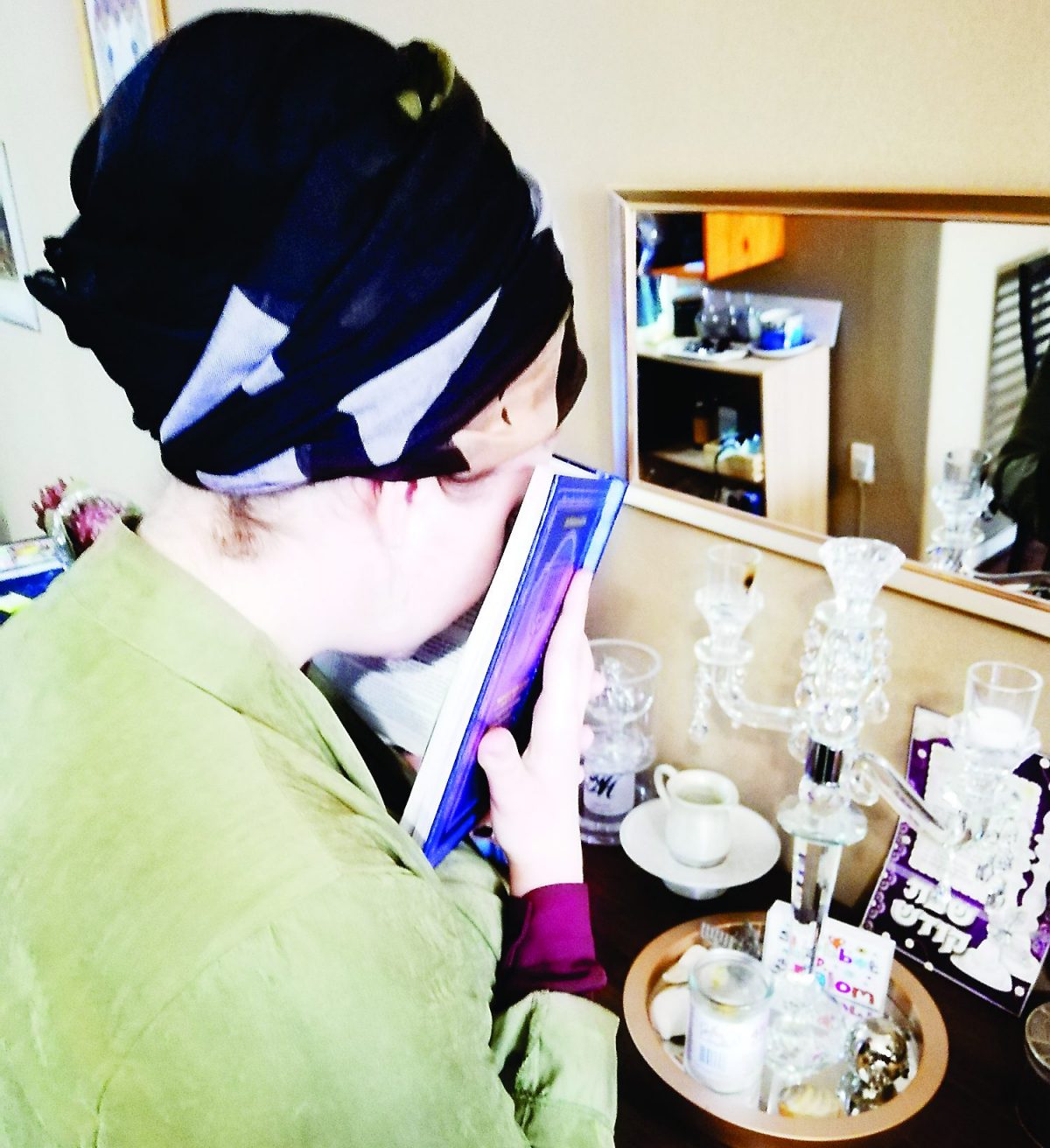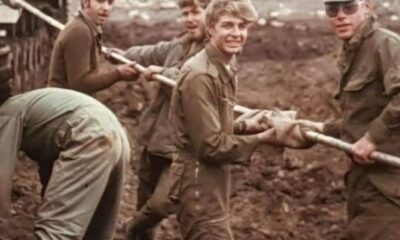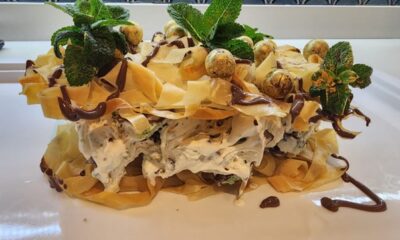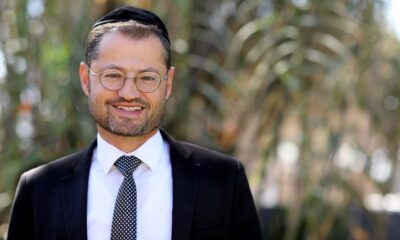
Featured Item

Solo or in shul, plans afoot to keep spirits up on Yom Kippur
“Yom Kippur is certainly going to be markedly different this year. I haven’t booked to go to shul, so I’ll be spending the time quietly at home. I don’t know how I’m going to make it uplifting. Usually I find the Kol Nidreh with the choir very uplifting, but now? Who knows?”
Glenhazel resident Sheryl Serebro’s Yom Kippur conundrum is probably experienced by a lot of us as Yom Kippur approaches. Under COVID-19, iconic experiences like kapparot, extensive fast-breaking meals, and moving choral performances will be conspicuously absent this year, leaving a gaping hole in the traditional yom tov experience for many of us.
While some shuls may be holding a service in some form, the holiest day on the Jewish calendar is going to demand no small amount of personal effort if it’s to be spent meaningfully. Nonetheless, members of our community are preparing to uplift themselves in various ways, from song and meditation, to contemplation and reminiscence.
“Yom Kippur is going to be incredibly different this year,” says Kayla Ginsberg, a student activist. “I’m used to long meaningful tefillot full of song and pouring my heart out to Hashem. While I’m still lucky enough to be going to shul, many aren’t able to go or partake in their usual traditions.
“It’s suddenly up to us to forge the tools to connect, and many are feeling lost and disconnected. However, life is as good as you make it, and the same goes for your tefillot. You have to know Hashem is there, regardless of whether you’re standing in a beautiful shul or an empty field.”
Some are opting to go to shul with renewed appreciation, and odd though the outdoor davening experience may be, Glenhazel resident Norma Mervis is excited at the prospect. “Being outdoors is quite exhilarating for me after my experience on Rosh Hashanah,” she says. “I felt a closeness to Hashem more than ever before.”
“Corona has made me appreciate my shul and davening with the community. I don’t think I’ll ever take for granted the opportunity to get closer to Hashem and experience davening in all its glory.”
With services shortened considerably, actuary Gregg Horwitz admits to feeling conflicted in his emotional attachment to the yamim noraim this year.
“In light of COVID-19, I look at Yom Kippur with a ‘just get through it’ mentality,” he says. “I’ll be attending shul services, but it’s the length and intensity of the service that often provide the distraction to enable an easy and swift fast for me. Having a shortened service means that I’ll have to endure the day with methods not yet attempted, which is unsettling to say the least. This Yom Kippur is about resilience for me.”
People who’ve opted to remain at home have also developed new ways to approach the chag. Among these are Temple Israel Heritage Chairperson Reeva Forman, who will be spending the day with Jonathan, David, and Bonnie (her two cats and dog).
“My dining room has become my religious space, filled with traditional prayers, songs, tears, and smiles,” says Forman. “I’ll be joining my voice with others, reaching through the ceiling and yearning to connect with Hashem.”
For copy-editor Kevin Levy and student Megan Gordon, meaningful meditation will be key to the day, while clinical psychologist Dorianne Weil looks forward to sitting with her family and having courageous conversations, acknowledging what they love and appreciate about each other.
“We will also be talking about the times we felt hurt, misunderstood, or dismissed,” she says. “We will introspect and access the hurt we have caused, and pledge to ourselves to do better, to be more mindful, and create the space to forgive ourselves and step into the new year with compassion and resolve.”
As a newly married man, chorister Gary Aberman will be spending Yom Kippur for the first time in 15 years not singing in a choir but davening with his wife at home.
“In previous years, I was in the routine of arriving at shul before everyone, doing my security shift, going to sing, driving home, watching series only to go to bed, wake up to check the time, watch series, go to shul, sing, and wait for Yom Kippur to be over and break the fast with family,” Aberman says.
“This year, I have chosen to find kavod in my own home with my wife where I will be focusing on my davening and not on the time. I won’t be checking football scores or how many pages till the end. I’ll be saying thank you for everything I have right now.”
In the absence of a choir, some will fill their homes with song. Nursery school teacher Stacey Lipschitz intends to uplift her mood by singing and davening from her balcony, while Bev Goldman, the national president of the Union of Jewish Women of South Africa, and her husband, Dennis, the choirmaster of Pine Street Shul, will be conducting their own at-home service.
“Although we won’t be able to participate in the communal yizkor service, I’m already anticipating feeling even closer to my roots, feeling closer to Hashem, feeling more spiritual and more at peace with myself,” says Goldman.
“No interruptions, no interference, just the two of us surrounded by a feeling of gentle togetherness and calmness.”
Others such as the Angel Network’s Glynne Wolman and retired serviceman William Bergman intend to spend the day in reflection with family.
“As one grows older, one seems to reflect on the past,” Bergman says. “My most cherished memory of Yom Kippur is going to and sitting in shul with my father. Unfortunately, I can’t go to shul with my family as my children and their families are in Canada, but my heart is with them.”
He recalls a time during his career as a soldier when a young rabbi doing his national service flew up with the troops in a C130 transport aircraft to Grootfontein, carrying a Torah so that he could hold a service there for the Jewish servicemen who couldn’t get home for the chaggim.
Bergman also recalls growing up in Bloemfontein, when the original shul used to be so full over the chaggim that there was an overflow into the adjacent shul hall.
“I think about that old shul being across that way from a local dairy that made the most delicious ice cream and as children, we used to gallish [crave] an ice cream while trying to fast. That was the main conversation, which of course made fasting worse!”










